In today's structural transformation of the manufacturing industry, many overt technological advances often attract attention, such as new production lines, digital control systems, and highly integrated flexible process modules. However, truly systemic changes often occur in less visible areas. Handling equipment, a traditional node in the manufacturing process, is quietly undergoing structural adjustments, reshaping the rhythmic logic and responsiveness of the manufacturing system within its underlying architecture.
From Execution Port to System Link: Repositioning the Role of Handling Equipment
For a long time, handling equipment has been positioned as the execution endpoint of material flow, fulfilling the task of "connecting points to points." However, this "channel-like" understanding overlooks its collaborative and scheduling value within the entire production chain. As manufacturing models evolve from a single rhythm to a multi-rhythm convergence, handling equipment is no longer simply a transporter of goods; it is becoming a key node in process control.
This change not only expands its functional scope but also represents a profound restructuring of equipment structure. From fixed assembly lines to schedulable multi-axis handling systems, from monorail paths to multi-dimensional collaborative grids, handling equipment is evolving into a "logically embedded" system component. This structural shift foreshadows new demands for connectivity and responsiveness within manufacturing systems.
Shifting Rhythm Control: From Main Process Dominance to Multi-Node Coordination
Traditional manufacturing control logic often centers around the main process, with handling operations revolving around it. However, in the production landscape characterized by diverse product categories, small batches, and flexible switching, process pacing is shifting from a "main process-centric" approach to "multi-node dynamic coordination." The scheduling capabilities of handling equipment are crucial to the system's ability to achieve rapid switching and localized adaptation.
Restructured handling systems often feature autonomous path planning, real-time tempo adjustment, and process intervention capabilities. Their core value extends beyond physical execution to the decision-making frontier. This shift is driving the redistribution of the core of the manufacturing process, shifting production systems away from relying on a single "dominant device" and toward the "collaborative tension" of multiple nodes.
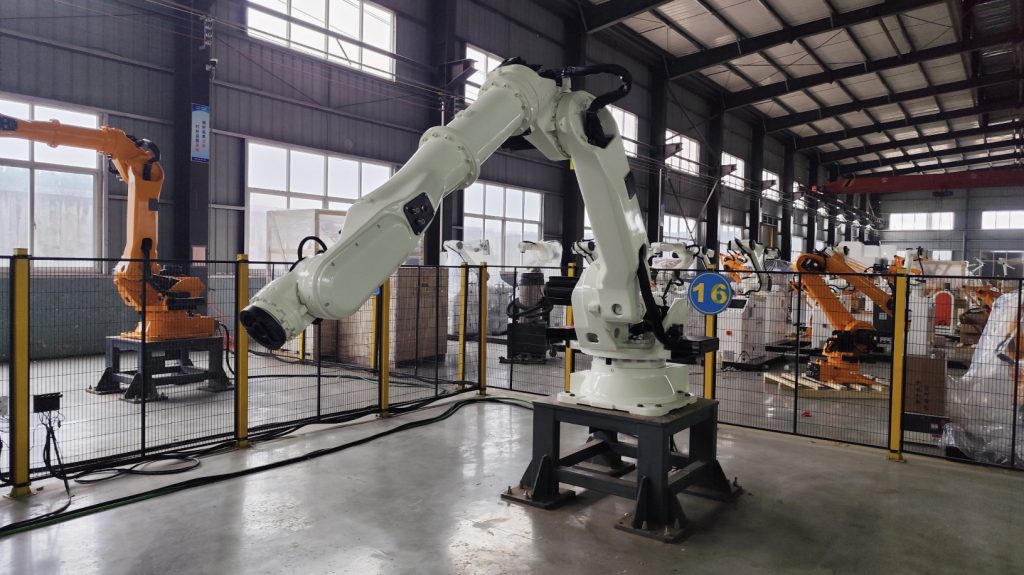
The reorganization of handling structures leads to a shift in system configuration logic
As handling equipment evolves from execution units to system coordination nodes, its configuration logic undergoes a fundamental shift. In the past, equipment deployment focused on "both ends of the process," but now the emphasis is on connecting and transitioning "between processes." Handling structures with flexible paths, reconfigurable units, and modular interfaces are being prioritized in the new round of automation deployment.
Not only that, the order of handling equipment deployment is shifting forward in manufacturing planning. From the traditional "supporting investment" to "upfront consideration," the presence of handling systems is beginning to influence the design of production line structures, even indirectly defining the selection of primary equipment. This shift from passive adaptation to active configuration is a significant sign of the evolution of manufacturing system architecture.
Restructuring manufacturing systems is no longer about adding equipment, but rather redesigning their logic
Many companies, when implementing automation transformations, tend to fall into a path dependency of "filling gaps," essentially adding equipment where there's a missing action. However, this mindset often overlooks the logical structure within the manufacturing system. Structural upgrades aren't simply about "replacing parts," but rather rethinking the roles and weights of each node.
The adjustment of handling equipment structures reflects this trend: true upgrades lie not in the complexity of the equipment itself, but in its ability to interact with the entire manufacturing system and become part of the evolving process. Precisely for this reason, handling equipment has begun to be incorporated into the core design framework of manufacturing systems, becoming a crucial determinant of process planning, production line pacing, and even process distribution.
Strategic Thinking in Undercurrent Transformation: From Functional Expansion to Capability Integration
If past manufacturing upgrades were more like functional expansion, today's transformation is more like capability integration. In this context, the structural reorganization of handling equipment not only serves to optimize single points but also redefines the operating paradigm of the entire system.
This undercurrent transformation is often subtle, yet it often determines the "flexibility" and "response boundaries" of manufacturing systems. Those who can first complete the upgrade of handling equipment from structure to role are more likely to be the first to establish an "adjustable capability boundary" in the competitive manufacturing system—a crucial aspect for manufacturing companies facing uncertain future demands
Conclusion: Beyond equipment lies logic; behind processes lies structure
The true competitiveness of a manufacturing system has never been solely reflected in the technical specifications of the equipment, but rather in the organizational logic within its structure. Within this logic, the role of handling equipment is being redefined: no longer a conduit connecting processes, but rather a regulator of pacing. The undercurrent of change in manufacturing systems has quietly begun to ferment from the structural transportation nodes. Whether an enterprise has the cognitive ability to elevate its "transportation perspective" to a "system strategy" will determine its position and boundaries in the future manufacturing ecosystem.
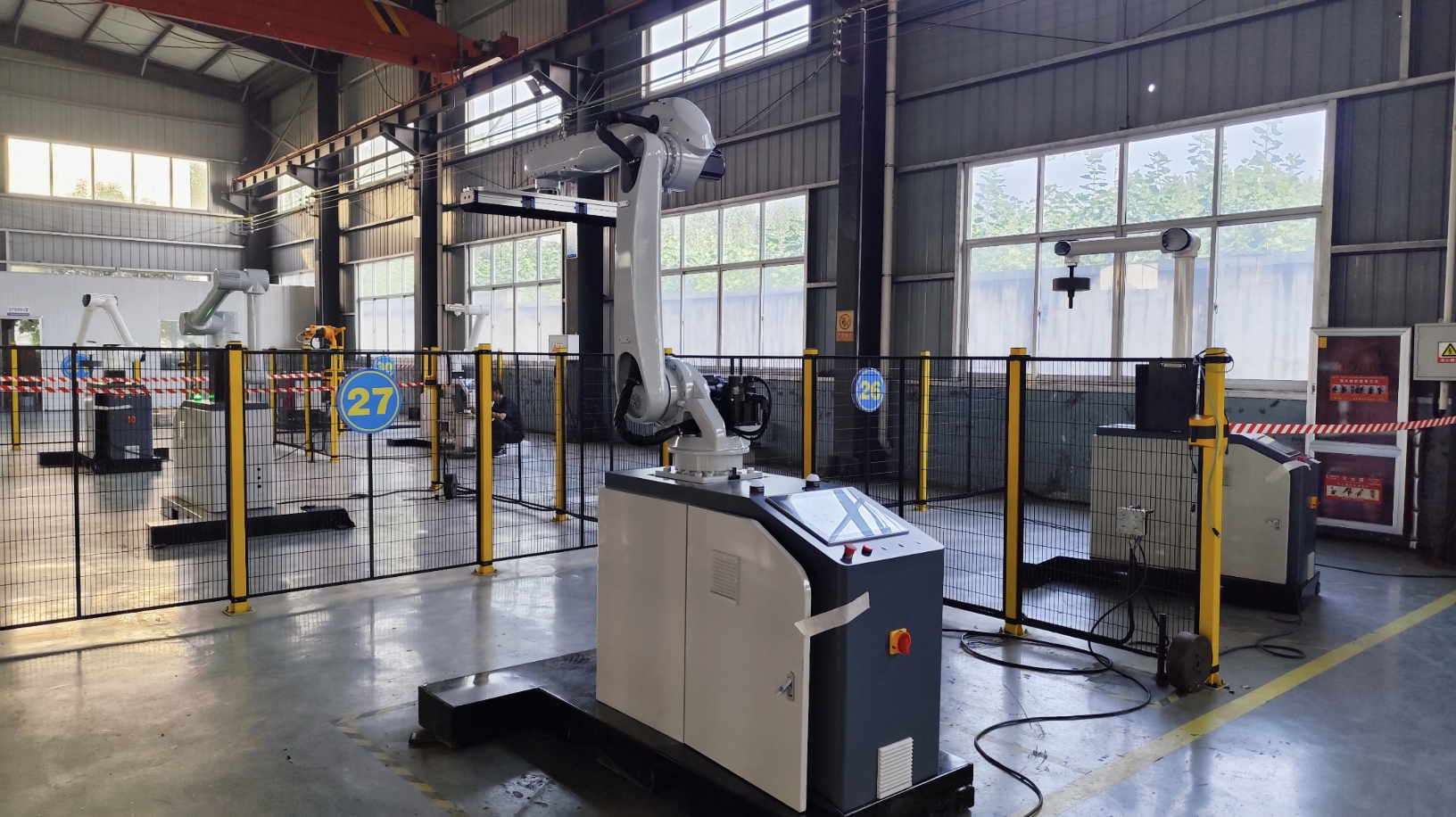
Online Consultation
Hello, the current customer service is offline. You can leave your contact information and the staff will respond to you as soon as possible!


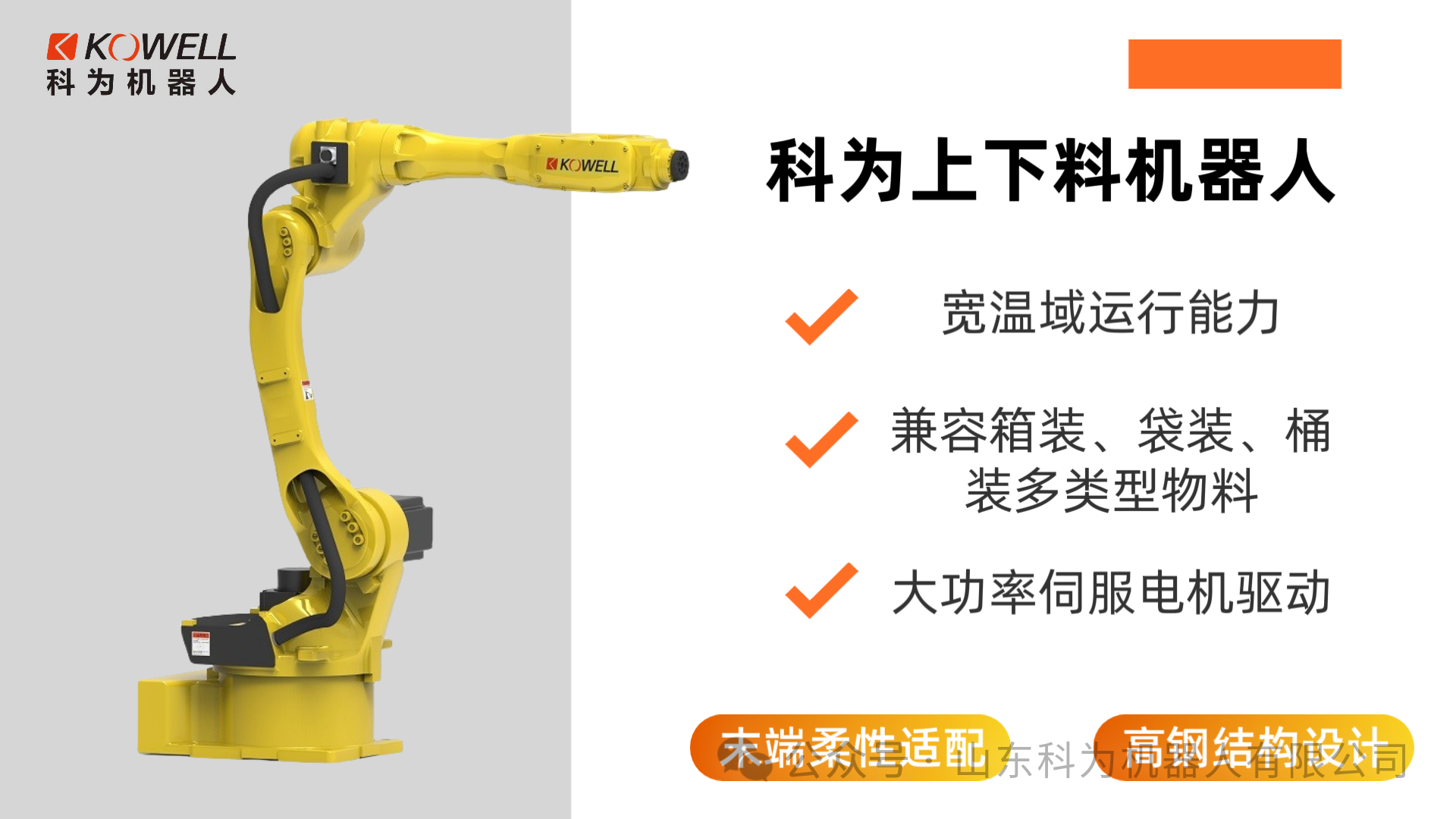

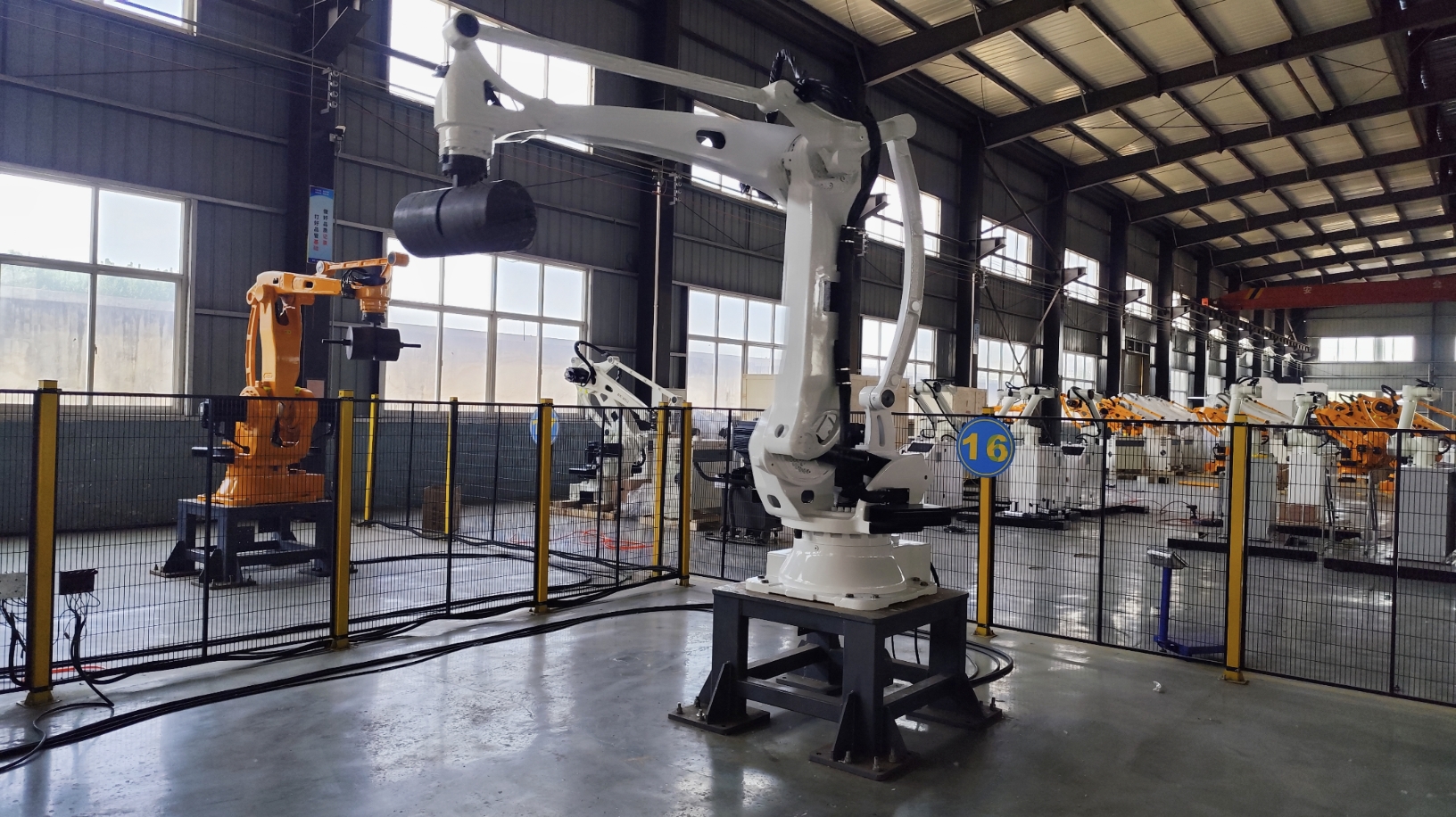
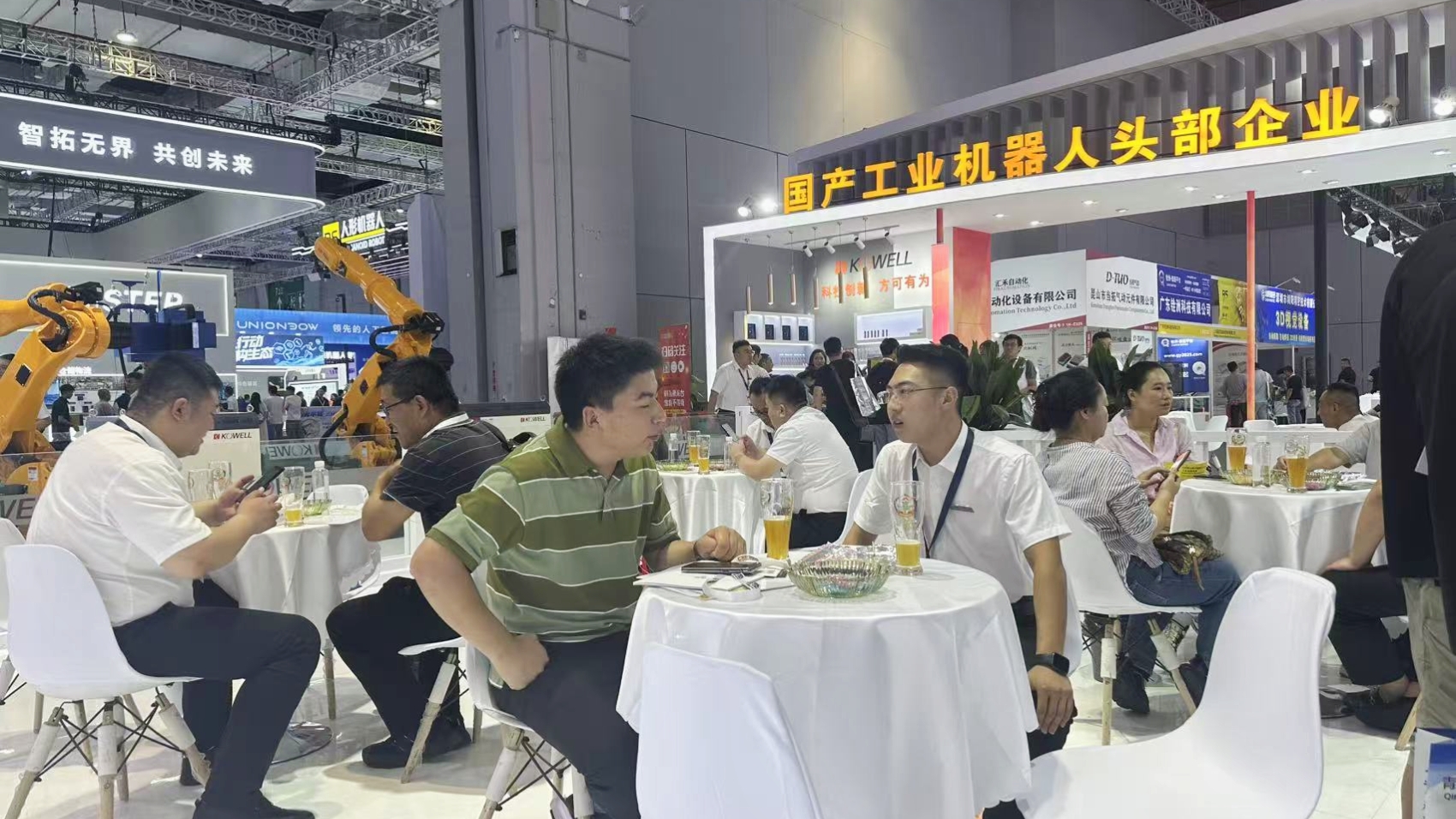
![[CIIF Day 4: Technology In-Depth] Kewei Robotics Drives Intelligent Manufacturing with Innovation, Leading the Wave of Industrial Transformation](https://cdn.cnyandex.com/kw_en/uploads/9.26.1.jpg)